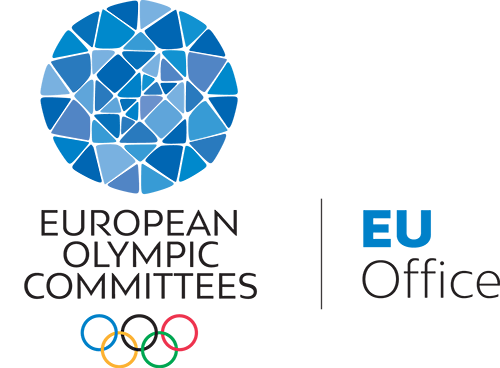Following the European Parliament elections, the first decisions on the top jobs of the European Union have been taken. See below an overview about the candidates and the status quo of the respective appointment processes:
The outgoing Belgium Prime Minister Charles Michel, was elected by qualified majority in the European Council to succeed Donald Tusk as President of the Council, He is on duty for two and a half years and can be re-elected.
The Italian S&D member David Sassoli was elected as President of the European Parliament on 3 July by absolute majority in the EP Plenary. In addition, his Vice-Presidents and the Quaestors were elected in the EP Plenary in Strasbourg too.
Ursula von der Leyen, current German Minister of Defence, was elected by the European Council by qualified majority to be the candidate for European Commission President She needs to be confirmed by the European Parliament by simple majority. The election will take place during the second plenary week starting on the 15 July.
Josep Borrel Fontelles was elected by the European Council by qualified majority to become the High Representative of the EU for Foreign Affairs and Security Policy. He will, after being confirmed by the President, also be Vice-President of the Commission. This position, however, also relies on the approval of the European Parliament.
Christine Lagarde, candidate for President of the European Central Bank, was also elected by qualified majority by the European Council and simply needs to be heard by the European Parliament.
Moreover, the composition of all European Parliaments Committees was decided. The Committee for Culture and Education will consists of 31 members. The latter, which is also responsible for sport in the EP, will elect its chair at the constituent meeting on 10 July.
Further Information
